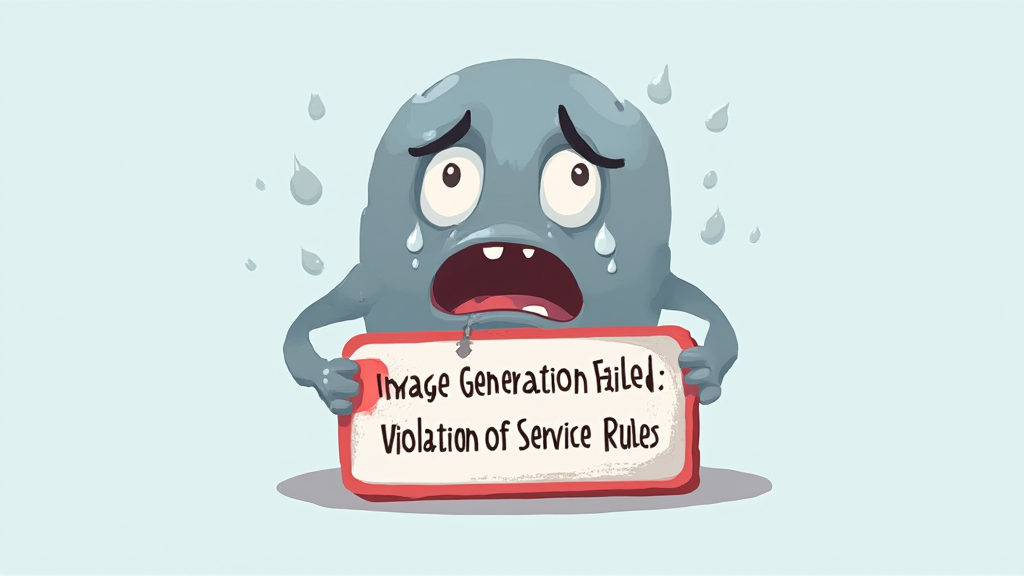Introduction to the Federal Reserve’s Role
Understanding the Federal Reserve System
The Federal Reserve , often referred to as the Fed, serves as the central bank of the United States. Its primary role is to regulate the nation’s monetary policy, ensuring economic stability. By adjusting interest rates and controlling the money supply, the Fed influences inflation and employment levels. This is crucial for maintaining a balanced economy. Understanding these mechanisms is essential for investors. The Fed’s decisions can lead to significant market fluctuations. It’s fascinating how these policies affect everyday life. For instance, lower interest rates can stimulate borrowing and spending. This can boost economic growth. The Fed’s actions are closely monitored by financial professionals. They often predict market trends based on these decisions.
The Importance of Monetary Policy
Monetary policy is crucial for economic stability and growth. It directly influences inflation rates and employment levels. By adjusting interest rates, he can stimulate or cool down the economy. This balance is essential for sustainable development. Effective monetary policy fosters consumer confidence and investment. It shapes the financial landscape significantly. Understanding these dynamics is vital for informed decision-making. He must consider how these policies impact various sectors. For instance, lower interest rates can encourage borrowing. This can lead to increased spending and investment. The ripple effects are profound and far-reaching.
Key Components of Monetary Policy
Interest Rates and Their Impact
Interest rates are a fundamental component of monetary policy, influencing economic activity significantly. When the Federal Reserve adjusts these rates, it affects borrowing costs for consumers and businesses. Lower interest rates typically encourage spending and investment. This can lead to economic expansion. Conversely, higher rates may restrain inflation but can also slow growth. He must analyze these shifts carefully. The relationship between interest rates and market dynamics is complex. It requires a nuanced understanding of economic indicators. For instance, rising rates can lead to decreased consumer confidence. This can impact various sectors, including real estate and finance. Monitoring these changes is essential for strategic planning.
Open Market Operations Explained
Open market operations are a key tool used by the Federal Reserve to regulate the money supply. These operations involve the buying and selling of government securities. By purchasing securities, he injects liquidity into the banking system. This typically lowers interest rates and encourages lending. Conversely, selling securities withdraws liquidity, which can raise interest rates. The impact of these actions is significant.
Key effects include:
He must consider these factors when analyzing market conditions. Understanding open market operations is essential for predicting economic trends. They play a crucial role in shaping monetary policy. Monitoring these operations can provide valuable insights.
Recent Monetary Policy Decisions
Analysis of Recent Rate Changes
Here are 10 trending article titles for a financial website based on the latest news and analysis: No input data
Quantitative Easing ane Tightening
Quantitative easing (QE) and tightening are critical tools in monetary policy. QE involves the central bank purchasing long-term securities to increase money supply. This action aims to lower interest rates and stimulate economic activity. He observes that such measures can lead to asset price inflation. Conversely, quantitative tightening (QT) entails reducing the central bank’s balance sheet. This process can raise interest rates and slow down economic growth. He must analyze the implications of these strategies carefully.
Recent decisions reflect a balancing act between inflation control and economic support. The Fed’s approach can significantly influence market dynamics. Understanding these policies is essential for informed investment decisions. The effects of QE and QT are profound and multifaceted.
The Impact on Cryptocurrency Markets
Correlation Between Fed Policies and Crypto Prices
The correlation between Federal Reserve policies and cryptocurrency prices is increasingly evident. When the Fed implements accommodative monetary policies, liquidity in the market rises. This often leads to increased investment in riskier assets, including cryptocurrencies. He notes that lower interest rates can drive investors toward digital assets. Conversely, tightening measures can lead to market pullbacks. Higher interest rates typically reduce disposable income for investments.
The volatility in crypto markets often reflects these shifts. Investors react swiftly to Fed announcements. Understanding this relationship is crucial for strategic trading. The impact of Fed policies on crypto is significant. Monitoring these trends can provide valuable insights.
Investor Sentiment and Market Reactions
Investor sentiment plays a crucial role in cryptocurrency market dynamics. When confidence is high, demand for digital assets typically increases. This can lead to significant price surges. Conversely, negative sentiment often results in sharp declines. He observes that market reactions can be swift and volatile. Fear and greed heavily influence trading behavior.
External factors, such as regulatory news, can shift sentiment dramatically. Positive developments often lead to bullish trends. In contrast, unfavorable news can trigger panic selling. Understanding these psychological factors is essential for effective trading strategies. Monitoring sentiment indicators can provide valuable insights.
Future Outlook and Predictions
Potential Policy Changes on the Horizon
Implications for the Cryptocurrency Ecosystem
The implications for the cryptocurrency ecosystem are significant as regulatory frameworks evolve. Increased regulation may enhance market legitimacy and attract institutional investors. This could lead to greater stability inwards the long term. However, stringent fegulations might also stifle innovation. He recognizes that a balance is essential for growth.
Moreover, changes in monetary policy can directly impact crypto adoption. For instance, rising interest rates may drive investors away from riskier assets. This could result in decreased liquidity in the market. Understanding these dynamics is crucial for stakeholders. The future landscape will likely be shaped by both regulatory and economic factors. Monitoring these trends is vital for strategic planning.
